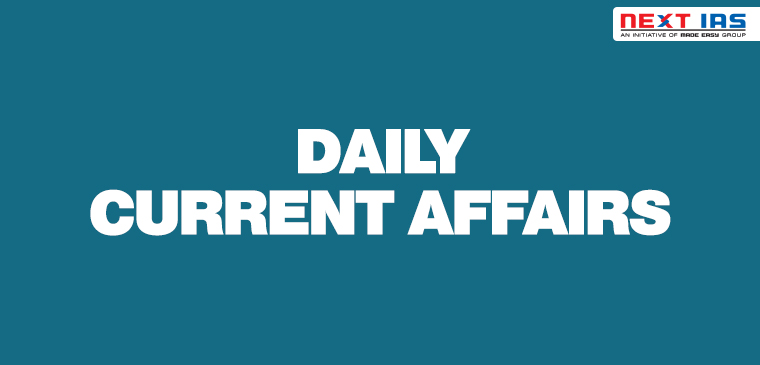
In News
The government released the First Advance Estimates (FAE) at the start of January 2021 and the Second Advance Estimates (SAE) in February 2021, which showed the impact of Covid-19 on the finances of the Centre and the States in 2020.
Key Highlights
- First Advance Estimates
- The Gross Domestic Product (GDP) would contract by 7.7 per cent in Fiscal Year (FY) 21.
- The Gross Value Added (GVA) would contract by 7.2 per cent.
- GVA captures the value added (in money terms) by economic agents in each sector of the economy.
- The GDP is arrived at by taking the GVA number, adding all the taxes earned by the government and subtracting all the subsidies provided by the government.
- India’s per capita GDP, per capita private consumption and the level of investments in the economy, all were expected to fall to levels similar to those of 2016-17 or earlier.
- Second Advance Estimates
- Showed that the contraction in GDP would be 8 per cent instead of 7.7 per cent.
- GVA would contract by only 6.5 per cent and the growth rate of GVA was expected to get better.
- The change between FAE and SAE might be marginal but the turnaround in GVA suggested a recovery in the Indian economy.
- Provisional Estimates
- Since February-end, India has been witnessing the second wave of Covid-19 and the impact on the economy would be estimated in the Provisional Estimates (PEs) for the full financial year 2020-21, to be released by May-end.
- The data would also provide the new benchmark for assessing economic growth for the current financial year (FY22).
- India’s GDP growth rate in the current financial year (2021-22 or FY22) is forecasted to be 9.7 per cent.
- According to an International Monetary Fund (IMF) analysis, if one presumes a contraction of 8 per cent in FY21 then a GDP growth of 9.7 per cent in FY22 is just a statistical phenomenon.
Impact on Centre’s Finances
- Revenues, both from tax and non-tax sources, fell sharply and the government overshot its expenditure as well.
- This resulted in the Union government’s revenue deficit (the difference between its revenue receipts and its revenue expenditure) as well as its fiscal deficit (a measure of its overall borrowing) rising sharply.
- In its original intent, the Fiscal Responsibility and Budget Management (FRBM) Act, 2003expected the revenue deficit to be zero and the fiscal deficit to be limited to 3 per cent.
- While the central government has been failing to meet either of these targets for over a decade yet, the Covid disruption has meant that the government’s fiscal deficit will remain out of shape for a while.
- 61 per cent of the rise in fiscal deficit was due to a fall in revenue and 39 per cent was due to a rise in expenditure.
- The table shows that all tax and non-tax revenues took the biggest hit except for Union Excise Duties (UEDs):
- However, the massive jump in UED collection did not benefit the states since the Union government collected it by increasing cesses and surcharges on UED instead of raising the basic UED rate.
- Cesses accounted for 65 per cent of all the UED collection in FY21, registering an annual growth of 187 per cent.
- In fact, if one removed the cesses and surcharges, the UED collections for the past financial year would actually fall by 20 per cent, instead of going up by 50 per cent.
- The proceeds of cesses and surcharges are not shareable with states.
Impact on States’ Finances
- To analyse the situation for states, the monthly statements of accounts (Monthly Key Indicators) data provided by the Comptroller and Auditor General (CAG) of India were used.
- The data was taken for 16 major Indian states (excluding Goa and Bihar) till December 2020, i.e., up to the third quarter (Q3) of 2020-21.
- The main takeaway was that, on the aggregate, states have contained their revenue as well as capital expenditures to cope up with the revenue shock.
- However, the containment of expenditures was not sufficient to compensate for the contraction in total receipts.
- Consequently, in the first three quarters of FY21, these states saw their revenue deficits exceed the budget target by almost 240 per cent and their fiscal deficit by over 40 per cent.
- State-level finances are not as badly hit as the Centre and this has happened despite the fall in Union taxes resulting in lower tax devolution to states by 30 per cent.
- Around half of all state-level tax revenues come from ‘Own Tax Revenues’, which include taxes such as state GST, state sales tax, state excise duties, stamps and registration fees, land revenues, etc.
- The table shows statewide variations, both in terms of revenues raised and expenditures made:
|
International Monetary Fund
(Image Courtesy: IMF) Fiscal Responsibility and Budget Management Act, 2003
Comptroller and Auditor General
|
Source: IE
Previous article
Genome Sequencing Of SARS-CoV-2 Variants
Next article
Facts in News